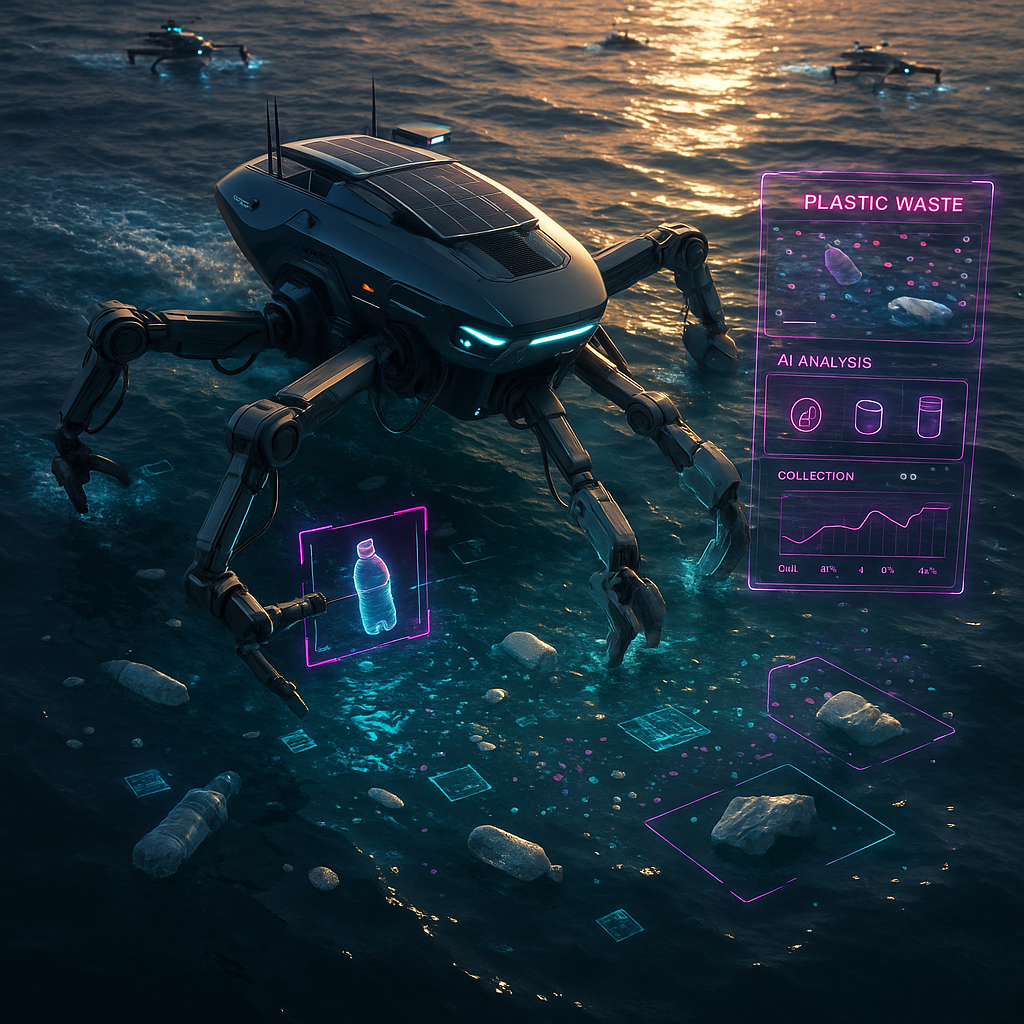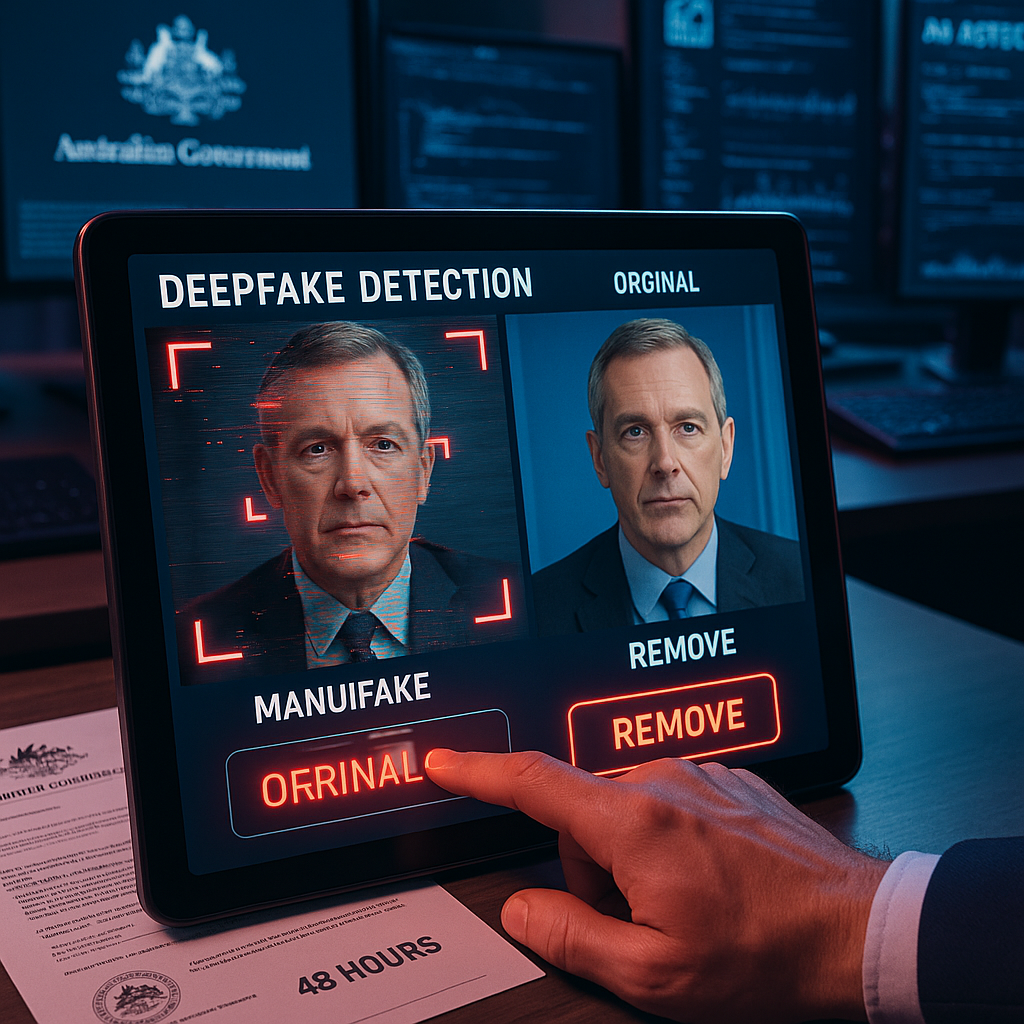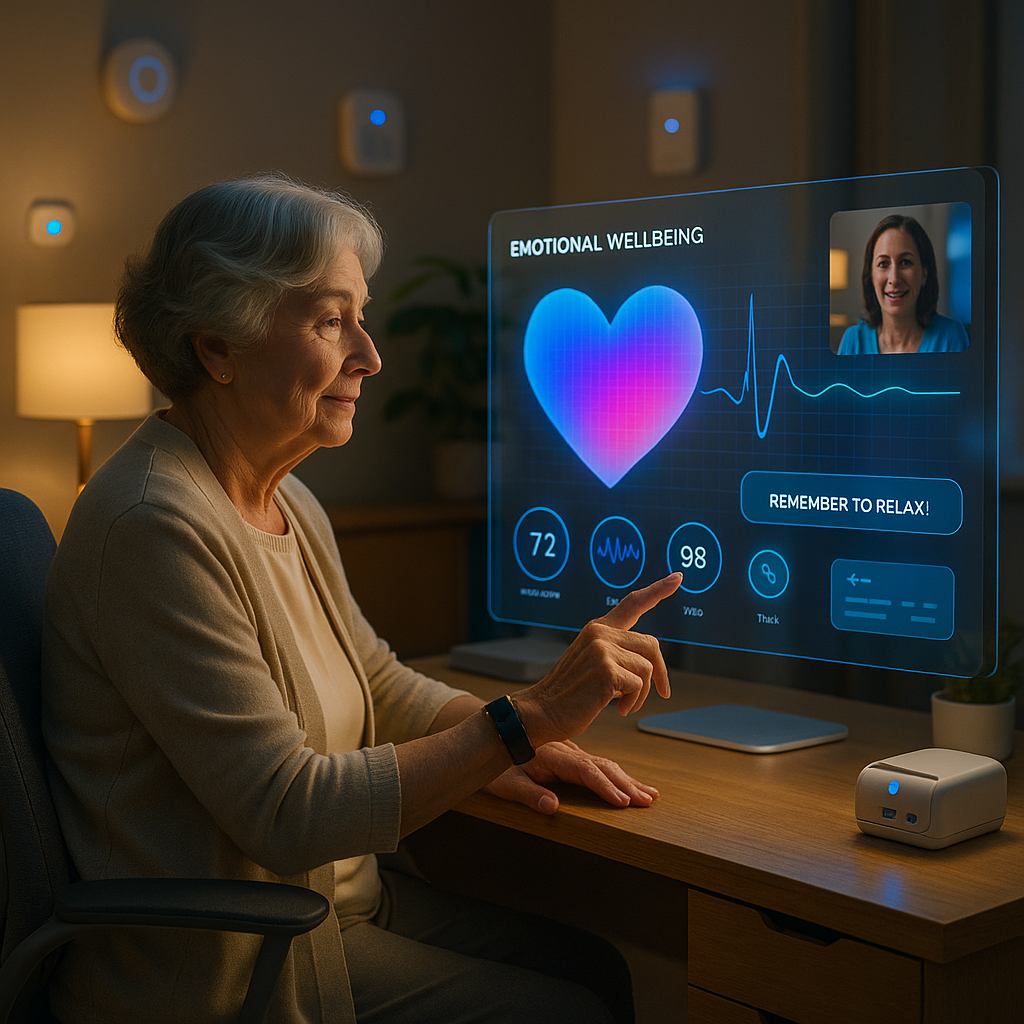Key Takeaways
- AI and marine drone technologies are ushering in a quantum leap for ocean cleanup, fundamentally shifting the discussion from basic monitoring to true environmental restoration. As plastic pollution threatens to choke marine ecosystems, smart machines are now moving beyond simply identifying the problem. They are taking decisive action to resolve it. The next sections explore how cutting-edge tools and overlooked stages of cleanup are together steering us toward the possibility of plastic-free oceans.
- Artificial intelligence hunts down plastic pollution with surgical precision. Advanced computer vision and AI-powered cameras scan immense swaths of ocean, distinguishing floating plastic from organic debris in challenging conditions, outperforming human detection and manual surveys by orders of magnitude.
- Marine drones are bridging detection and action. Autonomous surface and underwater drones not only pinpoint pollution hotspots, but now actively retrieve debris, closing the loop between identifying and removing ocean plastic.
- Cloud computing is powering real-time ocean intelligence. Data platforms like AWS synchronize international fleets of drones, process millions of images, and optimize cleanup routes, enabling coordinated rapid responses to shifting pollution patterns around the globe.
- Beyond detection: real innovation arrives in plastic removal mechanics. Drone designs are advancing to physically capture, retain, and safely store a range of plastic debris types, a rarely discussed engineering challenge, solving retrieval even under harsh marine conditions.
- Completing the cleanup cycle is essential: what happens post-collection matters. New AI-integrated processing systems sort, categorize, and route recovered plastics for recycling or responsible disposal, addressing the critical bottleneck of post-collection waste management and driving actual ecological impact.
- Collaboration is accelerating progress toward ambitious ocean cleanup goals. Partnerships among tech innovators, environmental NGOs, research institutes, logistics companies, and cloud service providers combine expertise and resources to scale up pilot projects like the Great Pacific Garbage Patch initiative and set the stage to reduce ocean plastic by 90% by 2040.
- AI and drones are rewriting environmental stewardship. By moving beyond passive observation to active intervention and sustainable waste processing, the latest innovations carve a path for regeneration on a planetary scale, transforming ocean cleanup from a Sisyphean struggle into a feasible plan for renewal.
Taken as a whole, these breakthroughs signal a new era where technological innovation and ecological duty are intertwined. As we move into the article, we will examine how detection, removal, and full-cycle waste management are converging to redefine humanity’s relationship with the ocean.
Introduction
The surge of plastic waste into the world’s oceans has become an environmental emergency, with immense gyres such as the Great Pacific Garbage Patch endangering not just marine life, but entire ecosystems and societies that depend on ocean health. Instead of remaining spectators to mounting disaster, pioneering ocean cleanup initiatives (powered by AI and marine drone technologies) are offering practical, scalable solutions. We are witnessing the rise of systems that progress from passive surveillance to precise, orchestrated actions that collect, process, and redirect debris in near real-time.
This transformation is not limited to superior detection. Today’s AI-powered cameras can differentiate plastic fragments from natural debris under the most challenging lighting and water conditions. Autonomous marine drones take these insights directly into action, homing in on pollution hotspots and retrieving waste before it inflicts further damage. When integrated with cloud computing and intelligent post-collection systems, these tools are closing the loop on ocean cleanup operations, making the unlikely goal of a plastic-free ocean a credible future scenario.
What follows is a deep dive into the next generation of cleanup technologies, novel operational strategies, and powerful cross-sector collaborations that are reimagining our approach to marine restoration, turning what once seemed like an endless uphill battle into tangible progress for ocean health.
Stay Sharp. Stay Ahead.
Join our Telegram Channel for exclusive content, real insights,
engage with us and other members and get access to
insider updates, early news and top insights.
 Join the Channel
Join the Channel
The AI-Powered Detection Revolution in Ocean Cleanup
Detecting marine plastic waste presents one of the toughest environmental challenges on the planet. With plastic scattered across millions of square miles of ever-shifting waters, traditional methods relied on teams of human observers. This approach was hamstrung by cost, inefficiency, and limited reach. Today, artificial intelligence is rewriting this foundational step with sophisticated detection platforms that achieve precision, scale, and adaptability well beyond human capacity.
Advanced Computer Vision Systems
Marine environments require specialized vision technologies far more nuanced than conventional object recognition. Modern ocean cleanup operations deploy multi-spectral imaging systems that blend visible light, infrared, and hyperspectral cameras, enabling them to identify plastic waste even under variable weather, water, and lighting conditions. These systems exploit the unique spectral “fingerprints” of plastic, reliably distinguishing pollution from seaweed, foam, driftwood, or marine fauna.
The most impactful detection models are powered by neural networks, meticulously trained on millions of oceanic images. Unlike off-the-shelf vision platforms, these tailor-made systems can identify partially submerged waste, microplastics in surface slicks, and even weathered fragments hiding among organic debris. For instance, The Plastic Tide project collected tens of thousands of drone images to train algorithms reaching 90% identification accuracy across vastly different coastal and open-ocean environments.
Critically, the most advanced systems now feature real-time adaptive learning. Models continually retrain themselves using feedback from the field. This dynamic self-improvement, as seen in The Ocean Cleanup operations, delivers steady monthly gains in detection accuracy, closing the gap between digital insight and ecological reality.
Autonomous Mapping and Tracking
Ocean currents are powerful and unpredictable. Static identification alone solves little if pollution drifts away or new debris accumulates faster than teams can respond. Modern AI systems stand apart with the ability to not only locate plastic, but to predict its movement and inform strategic interventions.
Predictive drift models, integrating satellite data, historical maps, real-time weather updates, and ocean current measurements, forecast where plastic will accumulate next. This approach leverages artificial intelligence to prioritize high-yield cleanup zones, ensuring limited resources are deployed precisely where they’ll have the greatest impact. System 002 from The Ocean Cleanup, for example, has increased capture rates by 40% by optimizing deployment using these forecasts.
Swarm technologies bring another leap in coverage and efficiency. Instead of isolated drones, coordinated fleets communicate and adapt in real time, dynamically redistributing themselves as pollution hotspots emerge. The TOSCA project, for instance, demonstrated that swarms can map up to 200 square kilometers of ocean in a single day. That’s a level of coverage impossible with traditional survey methods or lone drones.
By combining global “macro” views from satellites with local verification by drones, organizations such as Ocean Voyages Institute have created a multi-tiered system that raised efficiency by 65% within a year. This blend of expansive data and granular field confirmation enables rapid, confident decisions about where to send limited cleanup resources.
Microplastic Detection Innovations
Microplastics, those fragments less than 5 millimeters in size, are arguably the most insidious form of ocean pollution, invisible to casual observers and nearly impossible to capture with prior technologies. Recent advances are finally exposing this concealed menace.
Spectroscopic analysis drones, equipped with Raman or Fourier-transform infrared sensors, can now not only sense microplastics in water samples but distinguish their polymer types and probable sources. Machine learning algorithms process spectral signatures in real time, clarifying the scale and composition of contamination with unprecedented resolution. The PlasticScan initiative, for instance, can analyze 300 samples daily, detecting particles down to 20 micrometers. That’s a massive timesaving compared to traditional lab analysis.
Fluorescence-based approaches reveal further promise. Drones sweeping over coastal waters use UV arrays to illuminate polymers, generating emission patterns that AI can instantly interpret as pollution maps. Field deployments off Singapore found 35% more microplastics than previously estimated, prompting targeted cleanups where pollution was most concentrated.
The virtuous cycle is unmistakable: richer detection data enables smarter deployments, which further refines detection systems, moving us closer to a future where no plastic goes undetected. As detection reaches new heights, the challenge shifts to what happens after waste is found. That’s the transition from knowledge to intervention.
Engineering the Cleanup: Marine Drone Removal Systems
Pinpointing ocean pollution is only a prelude. The essential, gritty phase is physically collecting the detected waste, across vast and often hostile waters. Here, marine drones have ascended from experimental tools to operational workhorses, undertaking thousands of retrieval operations daily across the globe.
Autonomous Collection Vessels
Cleanup drones today look nothing like their early forebears. They are intelligent, self-navigating machines engineered to withstand the punishing realities of ocean weather and marine turbulence.
Autonomous collection systems rely on real-time AI navigation, dynamically plotting the most efficient paths based on up-to-the-minute debris detection. Self-regulating collection chambers adapt their operation to match the density and type of encountered waste. For example, RanMarine Technology’s WasteShark has a smart intake system that modulates suction and filtration, resulting in significant energy savings and higher collection volumes than earlier models.
Drones are now working in teams, adopting formation patterns via swarm intelligence algorithms, to optimize coverage and haul. A coordinated fleet in Manila Bay quadrupled the amount of debris gathered in a day compared to single, isolated drones. At the larger end, The Ocean Cleanup’s “Jenny” system maintains the optimal positioning of a boom spanning hundreds of meters, autonomously capturing a wide array of plastics over long missions with minimal human oversight.
Stay Sharp. Stay Ahead.
Join our Telegram Channel for exclusive content, real insights,
engage with us and other members and get access to
insider updates, early news and top insights.
 Join the Channel
Join the Channel
Specialized Collection Mechanisms
The complexity of the marine environment (ranging from open ocean to tidal flats and urban rivers) demands a suite of bespoke cleanup technologies.
Surface tension manipulators are one such solution, creating controlled microcurrents that aggregate floating microplastics into focused retrieve-points, all while sparing marine life. The Cleanup Hub has shown, through its array-based design, collection rates seven times higher than standard skimmer boats for the smallest plastic fragments.
For the underwater domain, advanced filtration drones use variable-porosity mesh systems and AI-managed flow, pausing operations if embedded sensors detect the approach of fish or other marine life. The FRED project from Clear Blue Sea demonstrated a 94% reduction in bycatch compared to unprotected screens.
Coastal and estuarine zones, where plastic often accumulates before reaching the open ocean, benefit from amphibious cleanup drones like BeachBot. These versatile robots traverse sand and shallow water to remove debris as small as cigarette butts or plastic resin pellets, multiplying the efficiency of human-led efforts in these delicate, biodiverse regions.
AI-Optimized Collection Strategies
Beyond innovation in hardware, the application of AI is revolutionizing how and when cleanup systems are deployed. Predictive modeling harnesses data from historical accumulation trends, wind, and tide forecasts to position cleanup assets for maximal efficiency. In Indonesia, Plastic Bank’s use of these models has led to dramatic surges in collection volumes during peak plastic inflows following monsoons.
Performance optimization tools now track and analyze every second of collection, recalibrating for metrics such as energy spent per ton collected, equipment wear, or unintended environmental effects. This continuous feedback loop leads to leaner, greener, and more cost-effective operations, as evidenced by ongoing projects from Clear Blue Sea and others.
Cleanup innovation is not limited to hardware and software. It is the synergy between sensing, networked operation, and dynamic strategies that is yielding exponential leaps in efficiency. However, for real ecological transformation, attention must also turn to what happens after plastic is wrested from the sea.
Closing the Loop: The Overlooked Bottleneck of Post-Collection Plastics
A truly sustainable ocean cleanup effort must do more than capture plastic; it must also ensure responsible handling, sorting, and reintegration of recovered waste. This final step, often neglected in public discourse, is where AI-integrated post-collection systems prove indispensable.
AI-Driven Waste Sorting and Recycling
Once aboard a drone or vessel, mixed plastic waste presents challenging questions of material type, contamination, and usability for recycling. Advanced computer vision systems, paired with robotics, are now sorting and segregating collected debris by polymer, size, and condition in real time.
AI-enhanced conveyor belts scan and categorize plastics before routing them either toward specialized recycling facilities or, where recycling is unfeasible, safe energy recovery. Some marine cleanup programs collaborate with materials science innovators to identify and reprocess high-value plastics into durable products, further closing the circular economy loop.
In Singapore, AI-guided waste sorting has improved the proportion of plastics eligible for advanced recycling by 50%, not only alleviating environmental impact but generating commercially valuable raw materials that can sustain cleanup operations at scale.
Responsible Disposal and Environmental Safeguards
Effective post-collection management extends to ensuring that any non-recyclable plastics are disposed of responsibly. Integrated data platforms, powered by cloud computing, trace every batch of waste from retrieval to its eventual endpoint. This transparency not only builds public trust but also enables independent verification of environmental outcomes.
Projects in North America and Europe are piloting chemical recycling and pyrolysis techniques that break down plastics into reusable monomers, leveraging AI to monitor emissions and maximize yield, thereby minimizing new pollution cycles.
This closed-loop approach ensures that the act of cleanup does not create new environmental hazards elsewhere. It demonstrates that smart technology must be paired with ethical stewardship to produce genuine restoration.
Sectoral Expansion: Beyond Oceans
While the vanguard of these technologies is deployed in ocean environments, their applications now extend across multiple domains:
- In urban waterways and rivers (the arteries feeding marine plastic flow), AI and drone solutions are scaling up in major cities, preventing plastic from reaching seas in the first place.
- In freshwater lakes, similar drone swarms address microplastic contamination that endangers both humans and wildlife.
- In industrial environments, smart detection systems monitor and reduce plastic discharge from production facilities.
- In educational settings, universities are using these technologies as training platforms for the next generation of environmental scientists, ensuring that innovation proceeds in lockstep with public understanding and empowerment.
- In public policy and municipal planning, real-time ocean intelligence platforms inform regulatory interventions, waste management investments, and international agreements.
This expanding multi-industry impact demonstrates how ocean cleanup technology is seeding transformation across society, amplifying sustainability at every level.
Conclusion
The marriage of artificial intelligence and marine robotics in the pursuit of a cleaner ocean is more than a feat of engineering. It marks a powerful reimagining of how humanity perceives, relates to, and stewards its most mysterious frontier. We are no longer passive witnesses, constrained by the limits of eyesight, slow human surveys, or episodic cleanups. Instead, we have become partners with our alien-minded machines, orchestrating interventions of unprecedented intelligence and reach.
These systems, continually learning, evolving, and adapting, chart new territory by leveraging feedback loops where every monitored fragment and recovered bottle informs the next, smarter campaign. Their capacity to map, collect, and process plastics across scales and habitats represents not simply the arrival of new tools, but the dawn of a new ethical relationship with planetary ecology.
As we witness these “alien minds” operating in service to ocean health, we are compelled to ask: Will our collective moral resolve keep pace with the accelerating intelligence of our tools? It is not enough to invent or deploy; we must also commit to long-haul responsibility. The future will reward those who match technologic audacity with unwavering ecological commitment.
Looking forward, the frontier of environmental stewardship now belongs to those who fuse adaptable strategies, relentless curiosity, and a willingness to reinvent not just systems, but mindsets. The next era will be shaped by those who can anticipate the needs of a planet in flux, ensuring that every technological stride is matched by progress in justice, sustainability, and cross-sector collaboration. The real question is not if we will harness these advancements to restore our oceans, but how quickly and how wisely we can do so. That’s what will shape a world where innovation and regeneration become one and the same.
AI coral reef conservation
AI biodiversity conservation
wildlife corridor mapping





Leave a Reply